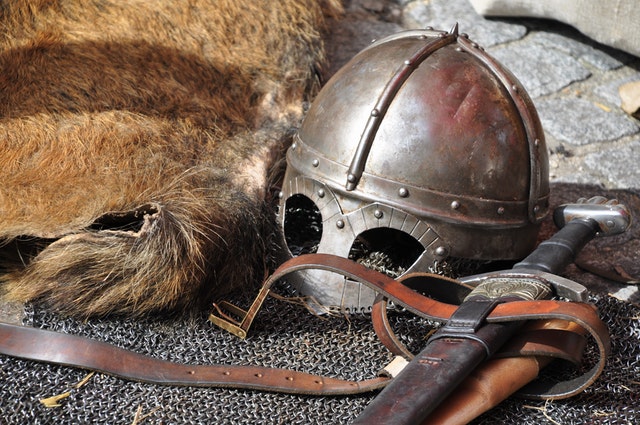Muscle guarding is simply the body trying to avoid a painful stimulus. When irritable muscles are touched, they don’t like it and try to pull away.
A physical exam finding of muscle guarding is a gateway to a Diagnosis-Related Estimate (DRE) class II rating in the AMA Guides 5th Edition.
The AMA Guides 5th Edition in Chapter 15, The Spine, on page 382 defines “Muscle Guarding” as “a contraction of of muscle to minimize motion or agitation of the injured or diseased tissue.” Don’t confuse this with muscle spasm, which is an “involuntary contraction of a muscle or group of muscles.”
Associated finding may include loss of the low back contour (lordosis) and may have “reproducible loss of spinal motion.”
If you’re writing a PR-4 report
When documenting muscle guarding in an impairment report for rating purposes, it is helpful to the reader if comments on lordosis and actual measured spinal motion are provided. These comments also makes the observation more compelling.
If you’re reading a PR-4 report
When reading a report which includes the finding of muscle spam look for comments on lordosis and evidence of loss of spinal range of motion.
California PR-4 Reports are about reproducible observations and findings. Reports that are minimally supported may be more confusing than helpful, and lead to costly delay.
Try RateFast Express today!

